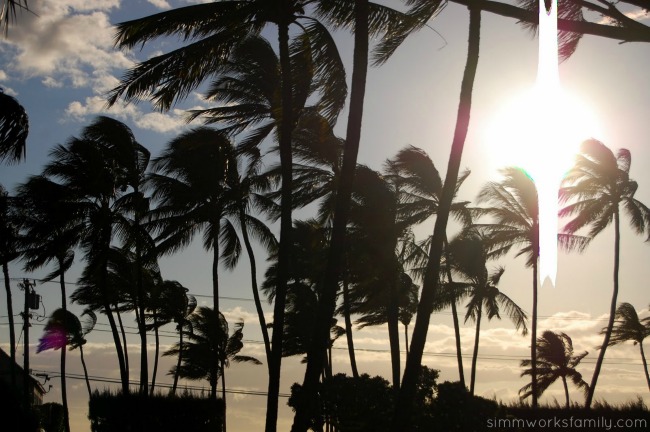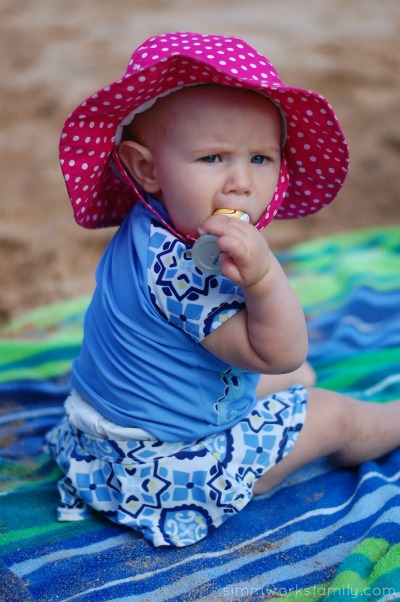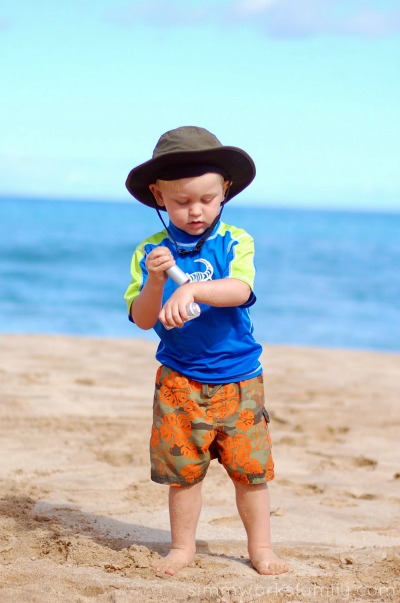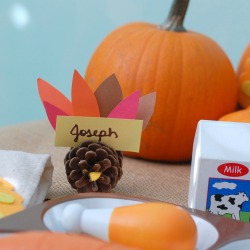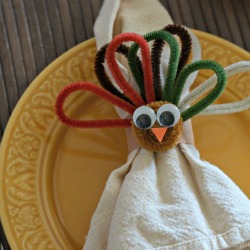So you’ve ordered your cloth diapers. Now what? After choosing what type of cloth diapers you want to use there are a few items that you might find come in handy while cloth diapering. I’ve listed a few below. if you have any to add please feel free to comment below or email me at simmworksfamily (at) gmail.com and I’ll gladly add to the list!
Diaper/Butt Creams
You can’t just use any diaper cream on your child’s tush if you cloth diaper. Most creams can actually ruin your cloth diapers. And no amount of stripping will get your diapers back to their original absorbency. So read labels and choose a cream that will work with your cloth diaper, not against. And if in doubt, use a liner to protect your diaper.
 A few commercially available diaper creams may be used with cloth diapers. Always avoid diaper creams with cod liver oil or any other fish oils. Recently many cloth diaper manufacturer’s have developed diaper rash creams that are considered safe for cloth diapers. In many cases, diaper rash creams specifically developed for use with cloth diapers is preferred. I used this list from Pinstripes and Polkadots to choose the cream I currently use and love (CA Baby). The tube lasts a long time and the smell is so relaxing and calming. Plus the product works perfectly for my kids. They also have a wonderful Diaper Area Wash that we’ve had great success with.
A few commercially available diaper creams may be used with cloth diapers. Always avoid diaper creams with cod liver oil or any other fish oils. Recently many cloth diaper manufacturer’s have developed diaper rash creams that are considered safe for cloth diapers. In many cases, diaper rash creams specifically developed for use with cloth diapers is preferred. I used this list from Pinstripes and Polkadots to choose the cream I currently use and love (CA Baby). The tube lasts a long time and the smell is so relaxing and calming. Plus the product works perfectly for my kids. They also have a wonderful Diaper Area Wash that we’ve had great success with.
If a diaper rash does not go away please consult your physician. It may be a fungal infection that requires a fungicide or other type of medication.
Diaper Liners
As I mentioned above, diaper liners are a great way to protect your diaper from any creams or ointments you may use on your child. They can also help you out by making poop removal easier if you’re using the disposable kind. Some choose not to invest in these but others swear by them.
 Here’s some information from Pinstripes and Polkadots about liners:
Here’s some information from Pinstripes and Polkadots about liners:
Liners are used to between the baby treated with a rash cream and the diaper in an effort to protect the diaper from the negative water repelling properties of the diaper rash ointment or cream. People use flushable liners, fleece liners, cloth wipes, and even cut up old t-shirts. If you plan to re-use your liners you will want to wash them thoroughly and separate from your diapers. Likewise, you will also want to wash any wipes used to clean off the ointment or cream with your liners: separate from your diapers. Realize that some flushable liners may not protect a diaper well enough from certain creams.
Laundry Detergent
Just like creams, some detergents are just too harsh on cloth diapers. Not to mention on our clothes as well. And the fragrances and added ingredients can irritate your child’s diaper area. Switching to a cloth diaper friendly detergent for all of your clothes may reduce the chance of a rash or other irritation forming.
In order to choose the perfect detergent you should think about a few things. The most important determinant in the detergent you use is if you have a HE washer or not. The amount of detergent you use as well as the type of detergent can depend on this. To find out more about different detergents and what will work best for you check out The Diaper Jungle. Another great source is Pinstripes and Polkadots (I love this site!) and their HE selection can be found here.
Pins & Snappis
If you are considering using prefolds then you should grab a few sets of pins or some snappis. These great products will give you a tighter fit and can help create a great barrier to keep the poo where it belongs… in the diaper. To tell you the truth, pins kinda scared me. So when I heard about snappis I knew I was going to go this route. But I’ve heard from a few sources that pins can get a tighter fit. This may help when you’re on the verge of going up a diaper size. Your smaller prefolds can be used longer with pins.
Wetbags/Diaper Pail Liners
There are a few size options when it comes to wetbags. And I have a few of each. Some are more for convenience and others are a necessity. I was able to get away with not using a pail liner for quite some time by substituting a large pillow case. But then I found two used liners for sale for $5 each and couldn’t pass them up.
 I suggest having at least two wet bags for diaper bag rotation and two diaper pail liners (again, for rotation if one is in the wash). I currently have four wetbags: a small, two medium and one large. I feel that this is the perfect amount for our family. Here’s what I use each for:
I suggest having at least two wet bags for diaper bag rotation and two diaper pail liners (again, for rotation if one is in the wash). I currently have four wetbags: a small, two medium and one large. I feel that this is the perfect amount for our family. Here’s what I use each for:
- Small (1-2 diapers) – for quick errands out and about
- Medium (3-5 diapers) – for day trips
- Large (8-10 diapers) – for weekend trips (our go-to for Disneyland overnight visits)
I also use our wet bags for other things. I keep an extra one in the diaper bag if we’re going to the beach or pool so I can throw wet and sandy suits and clothes in one and not have to worry about getting everything else wet and sandy (although the kids do a good job of spreading the sand anyway…). They’re also great to store extra diapers in the car. I keep an “emergency kit” in the car with a change of clothes for each kids and 1-2 extra diapers. I keep it all in a wet bag so they stay fresh and clean.




